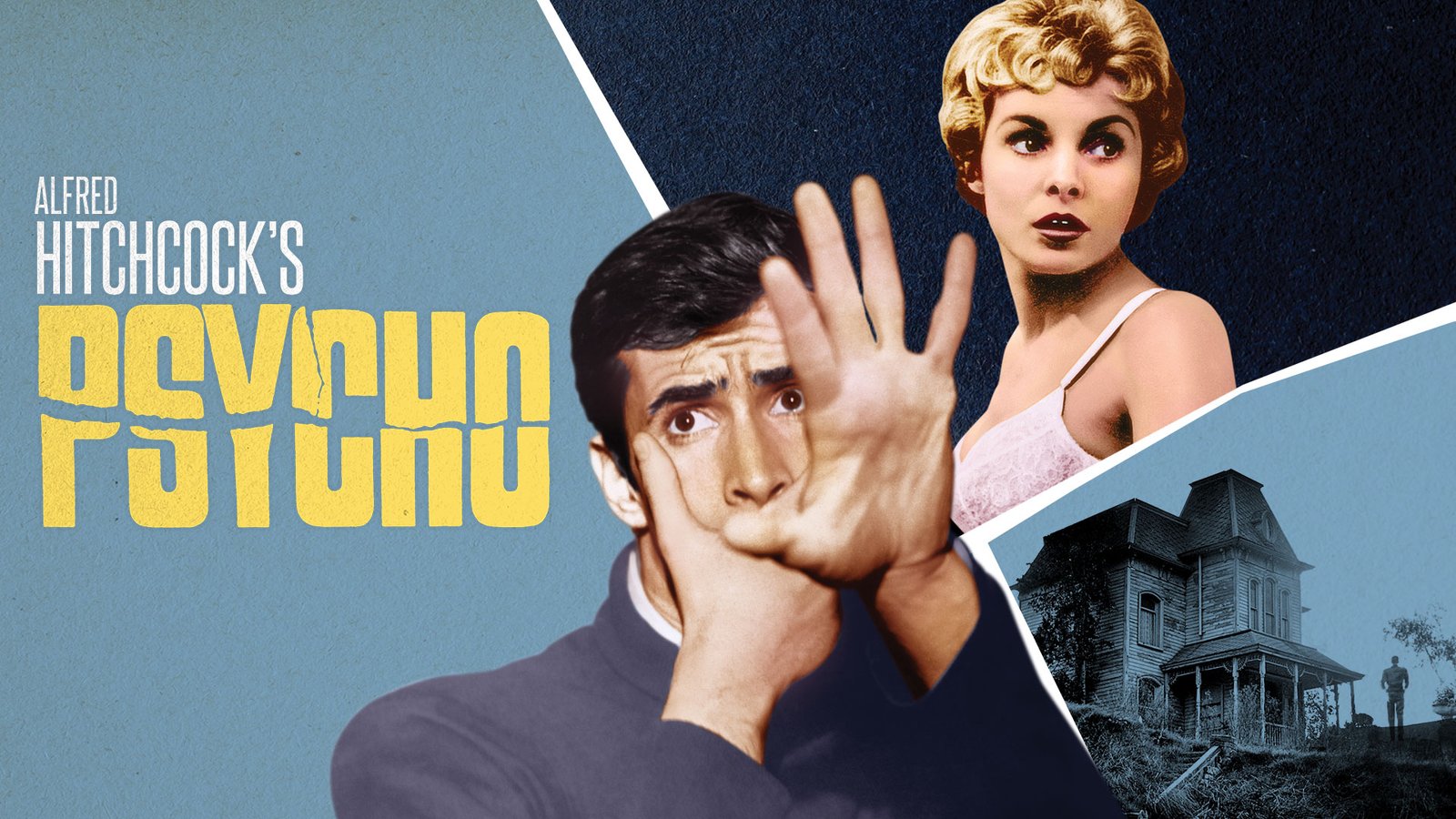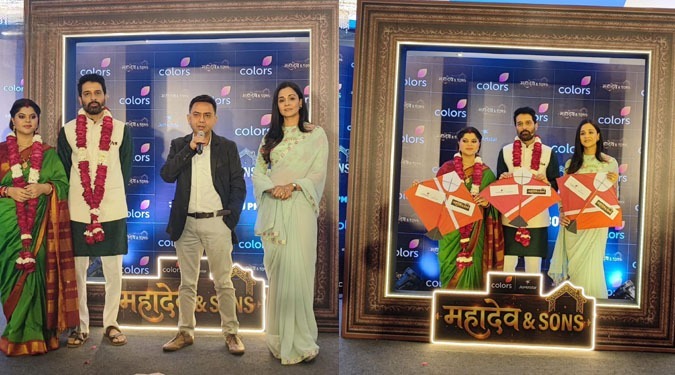Los Angeles: The shower scene in Alfred Hitchcock’s 1960 film “Psycho” is one of the most iconic and influential sequences in cinematic history. This scene, which portrays the brutal murder of Marion Crane, played by Janet Leigh, has been the subject of much analysis and admiration for its innovative techniques and profound impact on the horror genre. The genius behind this scene can be attributed to several key elements:
Alfred Hitchcock’s Vision

Alfred Hitchcock, known as the “Master of Suspense,” orchestrated the scene with meticulous attention to detail. He aimed to create a moment of shock and horror that would be both visually and psychologically impactful. Hitchcock’s decision to use quick cuts and close-ups was crucial in achieving the desired effect without showing explicit violence.
Storyboarding by Saul Bass
Saul Bass, a renowned graphic designer and filmmaker, was responsible for storyboarding the shower scene. His detailed sketches and understanding of visual storytelling played a significant role in the execution of the sequence. Bass’s contribution ensured that each shot contributed to the building tension and ultimate shock.
Cinematography by John L. Russell
Cinematographer John L. Russell captured the scene with stark black-and-white imagery that enhanced the suspense and horror. The use of shadows and light, combined with innovative camera angles, created a sense of claustrophobia and vulnerability. Russell’s work was instrumental in translating Hitchcock’s vision to the screen.
Editing by George Tomasini
Editor George Tomasini played a critical role in the success of the shower scene. The rapid cuts, totaling over 50 in just a few minutes, created a sense of disorientation and panic. Tomasini’s editing technique allowed the violence to be implied rather than explicitly shown, making the scene even more disturbing for viewers.
Music by Bernard Herrmann

Bernard Herrmann’s screeching violin score is perhaps the most memorable element of the shower scene. The music’s jarring, staccato notes amplify the horror and panic, becoming synonymous with the act of stabbing. Herrmann’s score was so effective that it has since become iconic in its own right.
Special Effects and Practical Techniques
The practical effects used in the shower scene were simple yet effective. Bosco chocolate syrup was used as blood because it appeared more realistic in black-and-white film. The use of a retractable knife and careful choreography between Janet Leigh and the knife-wielding figure created the illusion of violence without actual contact.
Janet Leigh’s Performance
Janet Leigh’s portrayal of Marion Crane added to the scene’s authenticity and terror. Her reactions, captured in close-ups, conveyed genuine fear and pain, making the audience empathize with her character’s plight. Leigh’s performance was crucial in making the scene believable and impactful.
Impact and Legacy
The shower scene in “Psycho” has had a lasting impact on cinema, influencing filmmakers and becoming a touchstone for the horror genre. It broke conventions of the time by killing off the protagonist early in the film and depicted violence in a way that was both innovative and unsettling. Its legacy endures as a masterclass in filmmaking, showcasing the collaborative genius of Hitchcock, Bass, Russell, Tomasini, Herrmann, and Leigh.
In summary, the genius behind Hitchcock’s shower scene in “Psycho” lies in the collaboration of a talented team, each contributing their expertise to create a moment of cinematic history that continues to captivate and horrify audiences.









